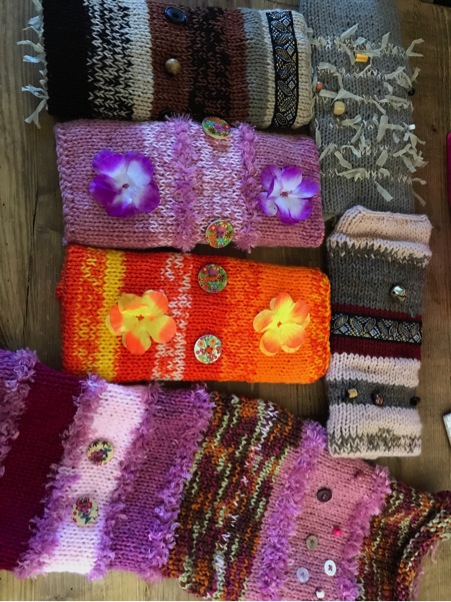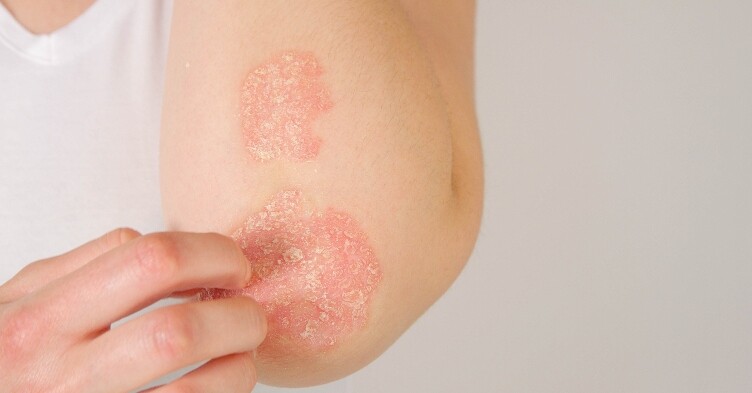The importance of touch and sensation

 As nurses do we ever switch off? My family would say not in my case. I do try but I am a workaholic and have recently started knitting again as a form of relaxation and to distract me from the world of electronic gadgets, emails etc.
As nurses do we ever switch off? My family would say not in my case. I do try but I am a workaholic and have recently started knitting again as a form of relaxation and to distract me from the world of electronic gadgets, emails etc.
Related Article: Abdominal body fat is a higher risk for developing psoriasis
It was while knitting I thought about the theme for this blog. So, what was the inspiration? Twiddle Muffs! They are knitted muffs or sensory bands that have attachments stitched into them, both inside and out, for people to twiddle with. They help calm people with dementia by giving them something to do with their hands.
Another activity involving touch, sensation and other senses has been hitting the headlines lately; Fidget Spinners, which were initially developed for use with children with ADHD or autism spectrum disorder (ASD) as a concentration aide in school. They have now become a craze and trend for all children and obviously, a quick money earner for those producing them – they are for sale everywhere. I will stick to knitting!
As I have alluded to in my previous blogs, people with a skin condition or visual disfigurement are often treated very differently not only because of stares and comments but also because of the fear of catching something. So, for many the everyday skin-to-skin contact via touch is often missing and for others touch and sensation can be a positive or negative experience.
Related Article: CPD: Case by case – acute and emergency dermatology presentations
During our school or professional lives, we will have learned about the skin and its functions with sensation and touch, an important one which we take as given. The sensations of pressure, hot, cold, pain and pleasure are daily occurrences for us all but for patients with a skin condition, the sensations of pain and itch can be extreme and distressing.
These sensations can also be heightened with the application of topical therapies (emollients and some topical corticosteroids) with stinging or discomfort a common complaint that affects adherence in all patients but especially in children. Also for people with ASD there should also be an awareness of issues in relation to their specific routines and with the products used on their skin because of hypersensitivity issues.
Related Article: Mythbuster: ‘This patient’s ulcer swab is positive so they need antibiotics’
As healthcare professionals, we use touch in all aspects of the care we provide; from greeting our patients with a handshake, holding their hands, assessing the skin and providing the fundamentals of care. For all of us, whether as a HCP providing or on the receiving end of care, do we consider how important touch and sensation is? I suspect not. The skin is the largest organ of the body yet one we frequently taken for granted.

See how our symptom tool can help you make better sense of patient presentations
Click here to search a symptom


The sensations of pressure, hot, cold, pain and pleasure are daily occurrences for us all but for patients with a skin condition, the sensations of pain and itch can be extreme and distressing.



